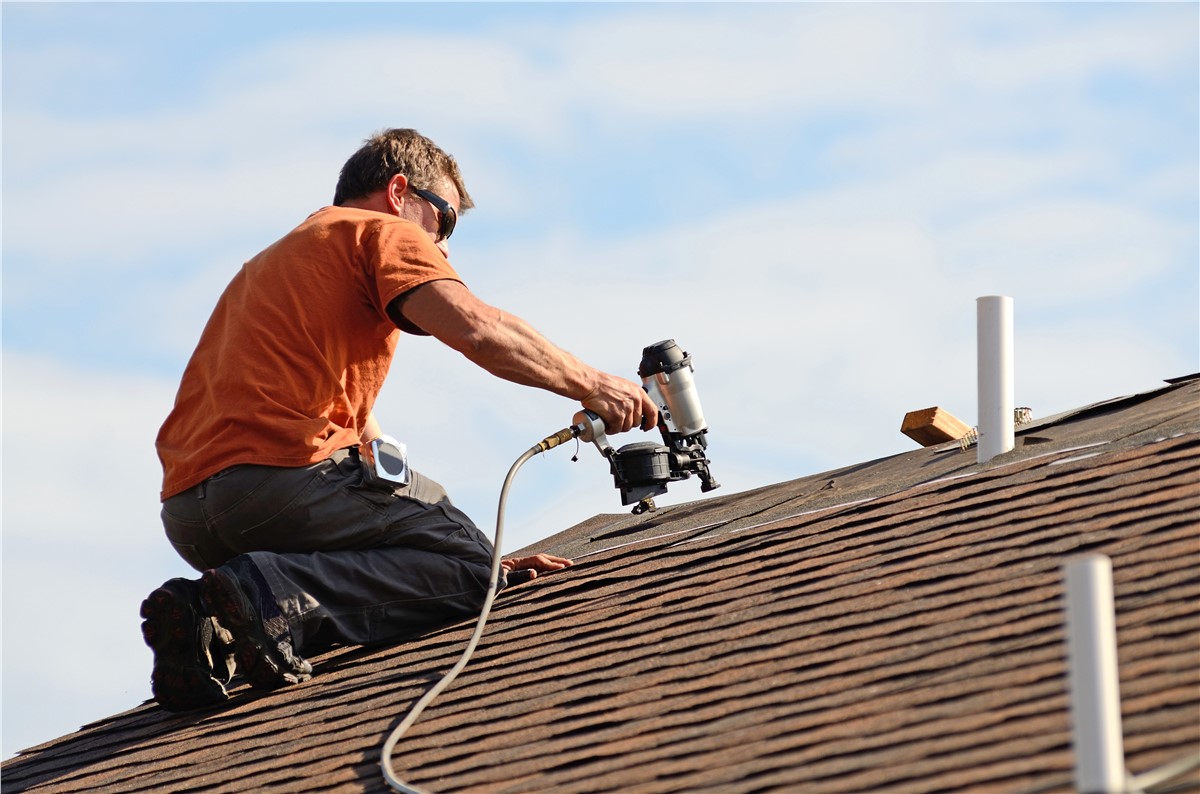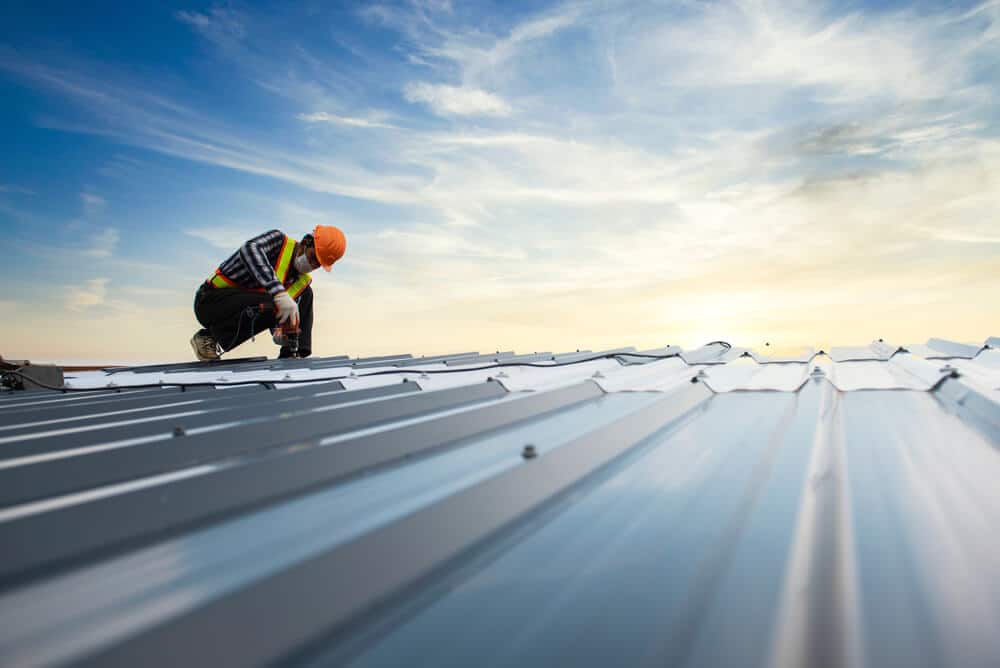Comprehending the Various Kinds Of Roofs: A Comprehensive Overview for Homeowners
With a range of alternatives-- ranging from the typical gable to the contemporary level-- each type presents unique benefits and challenges that ought to align with the home owner's environmental factors to consider and specific needs. As we discover the ins and outs of numerous roof covering kinds, it ends up being obvious that one dimension does not fit all; the right option might shock you.
Gable Roofs
Saddleback roofs, characterized by their triangular form, are among one of the most popular roof covering designs due to their simplicity and efficiency in losing water and snow. This style includes 2 sloping sides that meet at a ridge, permitting reliable drainage and reducing the risk of water build-up. The steep pitch commonly connected with gable roofing systems enhances their ability to take care of heavy rainfall, making them appropriate for different climates.
In enhancement to their useful benefits, saddleback roofs use visual convenience. They can be adjusted to various building styles, from traditional to contemporary homes. The design can also fit added attributes such as dormer windows, which improve all-natural light and air flow in the attic room space.
Additionally, saddleback roofs offer ample space for insulation, adding to energy efficiency. House owners can pick from a selection of roof materials, including asphalt shingles, metal, and floor tiles, additionally enhancing customization choices.
Regardless of their benefits, saddleback roofs might need extra assistance in areas prone to high winds or heavy snowfall. Generally, the saddleback roof continues to be a preferred choice because of its mix of capability, toughness, and aesthetic charm.
Apartment Roofs
Level roofing systems are commonly recognized for their minimal design and useful applications, particularly in industrial and business setups (oahu roofing). These roof coverings feature a almost straight or straight surface area, which permits for very easy building and construction and versatile space use. While they might lack the visual charm of angled roofs, level roofs supply various benefits, especially in urban environments where maximizing room is critical
One of the key advantages of level roof coverings is their ease of access. House owners can use the roofing space for various functions, such as rooftop gardens, terraces, or solar panel setups. Furthermore, flat roofings are usually extra cost-efficient to set up and maintain contrasted to their sloped counterparts, as they call for fewer products and labor.
Typical products made use of for level roofing systems include built-up roof (BUR), customized asphalt, and single-ply membranes, each offering distinct benefits. Generally, flat roof coverings serve as a versatile and useful selection for many home owners and businesses alike.
Hip Roof Coverings
Hip roof coverings are characterized by their sloped sides that assemble on top, forming a ridge. This layout stands out from saddleback roofs, as all 4 sides of a hip roofing system incline downwards toward the wall surfaces, giving an extra stable structure. The angle of the inclines can vary, permitting flexibility in building aesthetics and performance.
One of the main benefits of hip roofs is their capacity to stand up to hefty winds and unfavorable weather condition conditions. The sloped surface areas make it possible for much better water drainage, lowering the threat of leaks and water damage. Additionally, hip roofing systems provide enhanced attic room, which can be used for storage or perhaps exchanged habitable areas.
Nonetheless, creating a hip roofing system can be much more complex and costly than less complex roofing system go to my site kinds, such as saddleback roofs. The extra product and labor associated with producing the slopes and guaranteeing proper architectural stability can cause greater expenditures. Despite these disadvantages, lots of homeowners favor hip roof coverings for their longevity, visual appeal, and potential for power performance.
Mansard Roofing Systems
Mansard roof coverings, typically acknowledged by their distinct four-sided layout, attribute two slopes on each side, with the reduced slope being steeper than the upper. This architectural style, stemming from France in the 17th century, is not just visually enticing but useful, as it optimizes the useful area in the upper floors of a building. The high reduced slope enables even more headroom, making it a perfect selection for loft spaces or attics, which can be transformed right into living areas.
Mansard roofings are characterized by their adaptability, accommodating numerous building designs, from traditional to modern. They can be created with various products, including asphalt tiles, slate, or metal, providing house owners with an array of options to fit their budgets and choices. In addition, the layout allows for the integration of dormer home windows, enhancing all-natural light and air flow in the top levels.
Nonetheless, it is vital to think about the prospective disadvantages. Mansard roof coverings might require even more maintenance because of the intricacy of their layout, and their high slopes can be testing for snow and rain drainage. Overall, mansard roofings integrate style with functionality, making them a preferred selection among house owners seeking unique architectural functions.
Shed Roof Coverings
As property owners increasingly look for Home Page simplicity and performance in their architectural styles, lost roofing systems have actually become a popular option. Defined by a single sloping aircraft, a shed roof covering provides a minimalist visual that matches different home designs, from modern to rustic.
One of the main benefits of a shed roofing is its straightforward building and construction, which usually converts to decrease labor and product expenses. look at this site This style enables efficient water drainage, decreasing the risk of leakages and water damage. In addition, the vertical slope supplies ample room for skylights, enhancing all-natural light within the interior.
Lost roof coverings also supply flexibility in terms of usage. They can be successfully incorporated right into additions, garages, or outdoor structures like structures and sheds. Moreover, this roofing design can accommodate various roof materials, consisting of metal, asphalt roof shingles, or perhaps green roof coverings, straightening with eco-friendly initiatives.
Nonetheless, it is important to take into consideration local climate conditions, as hefty snow tons might require changes to the roofing system's angle or framework. On the whole, lost roofing systems provide a practical and visually pleasing option for house owners aiming to maximize performance without compromising style.
Verdict


Gable roofs, identified by their triangular shape, are among the most prominent roofing designs due to their simpleness and performance in dropping water and snow. oahu roofing. The high pitch frequently connected with gable roofing systems enhances their capacity to handle heavy rainfall, making them suitable for numerous environments
While they may do not have the visual allure of pitched roofings, level roof coverings provide numerous benefits, specifically in city atmospheres where optimizing space is crucial.
